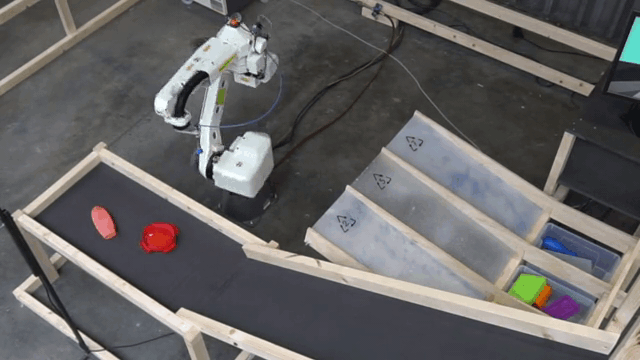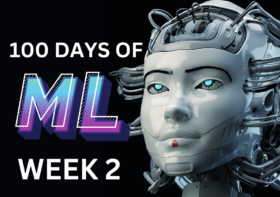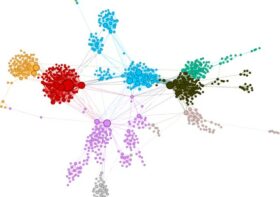Understanding Machine Learning & Deep Learning for Beginners: A Simple Guide for the Non-Technical Reader

Introduction
Welcome to the wonderful world of machine learning and deep learning! If you’re a non-technical person looking to understand these fascinating concepts, you’ve come to the right place. In this beginner-friendly guide, we’ll break down these complex ideas into simple, easy-to-understand terms.
What is Machine Learning?
Have you ever wondered how your phone’s voice assistant can understand your questions and provide helpful answers? Or how online stores can recommend products you might like based on your browsing history? That’s all thanks to Machine Learning (ML)!
Machine Learning is a method that allows computers to learn from data and make decisions or predictions without being explicitly programmed to do so. It’s like teaching a child to recognize different animals by showing them many examples. As they see more and more animals, they’ll start to understand their unique features and can identify them independently.
Imagine training a robot to sort different shapes. You give the robot a set of examples with circles, squares, and triangles. Over time, the robot learns the unique characteristics of each shape and can sort them accurately. The robot does this even if it encounters a new shape it has never seen before.

How Does Machine Learning Work?
At its core, machine learning involves using data to train a computer program, called an “algorithm,” to identify patterns and make decisions based on those patterns. There are three main types of machine learning:
- Supervised Learning: The algorithm is provided with labeled data, which includes both input (e.g., images) and output (e.g., labels like “cat” or “dog”). The algorithm learns to map inputs to outputs by analyzing the relationship between them.
- Unsupervised Learning: The algorithm is given a dataset without any labels, and it must find patterns or relationships within the data on its own.
- Reinforcement Learning: The algorithm learns by interacting with its environment, receiving feedback in the form of rewards or penalties, and adjusting its behavior accordingly.
What is Deep Learning?
Deep learning (DL) is a subset of machine learning that uses a specific type of algorithm called “artificial neural networks” (ANNs). ANNs are inspired by the structure and function of the human brain, consisting of interconnected layers of nodes, or “neurons.”
One exciting example of deep learning is self-driving cars. These vehicles use advanced neural networks to process information from their surroundings, like the position of other cars or the color of traffic lights. This helps them make decisions about when to accelerate, brake, or change lanes, all without human intervention.

How Does Deep Learning Work?
In a deep learning system, each neuron processes a small piece of information. The output of one neuron becomes the input for the next. This creates a hierarchical structure, allowing the system to learn complex patterns and representations.
There are several types of deep learning networks, including:
- Convolutional Neural Networks (CNNs): These networks are especially good at processing images and have been used to achieve breakthroughs in tasks like image recognition, object detection, and more.
- Recurrent Neural Networks (RNNs): RNNs are designed to process sequences of data, making them particularly useful for natural language processing and speech recognition tasks.
- Generative Adversarial Networks (GANs): GANs consist of two neural networks – one generates new data, while the other evaluates the quality of the generated data. They have been used for tasks like image synthesis and style transfer.
Imagine you’re at an art gallery, looking at a painting. On the surface, you can see the colors and shapes, but as you look closer, you start to notice the brush strokes and texture. This is similar to how deep learning works. By examining data through multiple layers, the computer can find more intricate patterns and make more accurate predictions.

Conclusion
Machine learning and deep learning are powerful technologies that have the potential to revolutionize our lives in numerous ways. By understanding the basics of these concepts, you’ve taken the first step towards unlocking the mysteries of AI. You now have a foundation upon which you can build your knowledge and explore the world of AI further. Follow along on our 100 Days of Machine Learning Challenge to see what excitement artificial intelligence brings. Happy learning!



